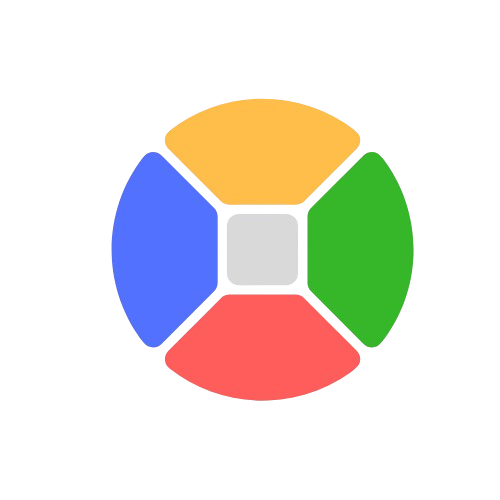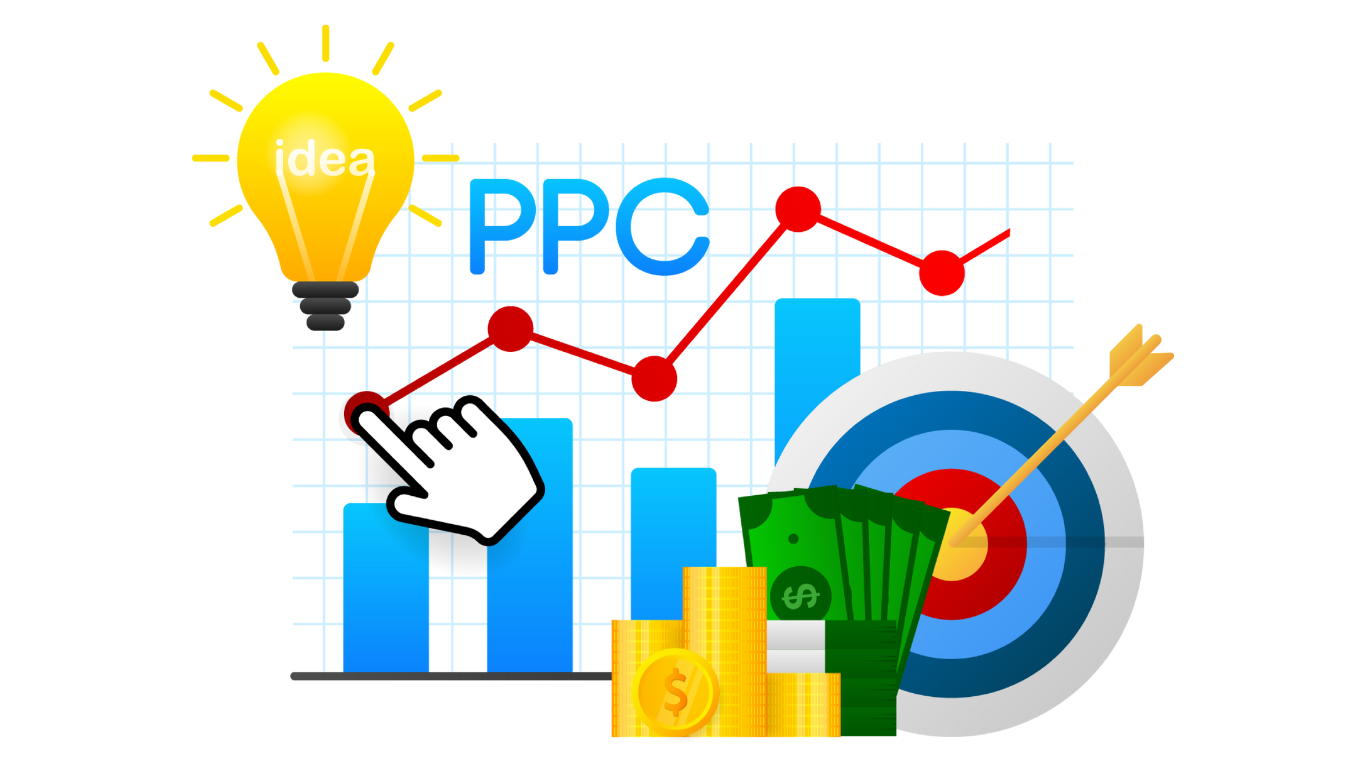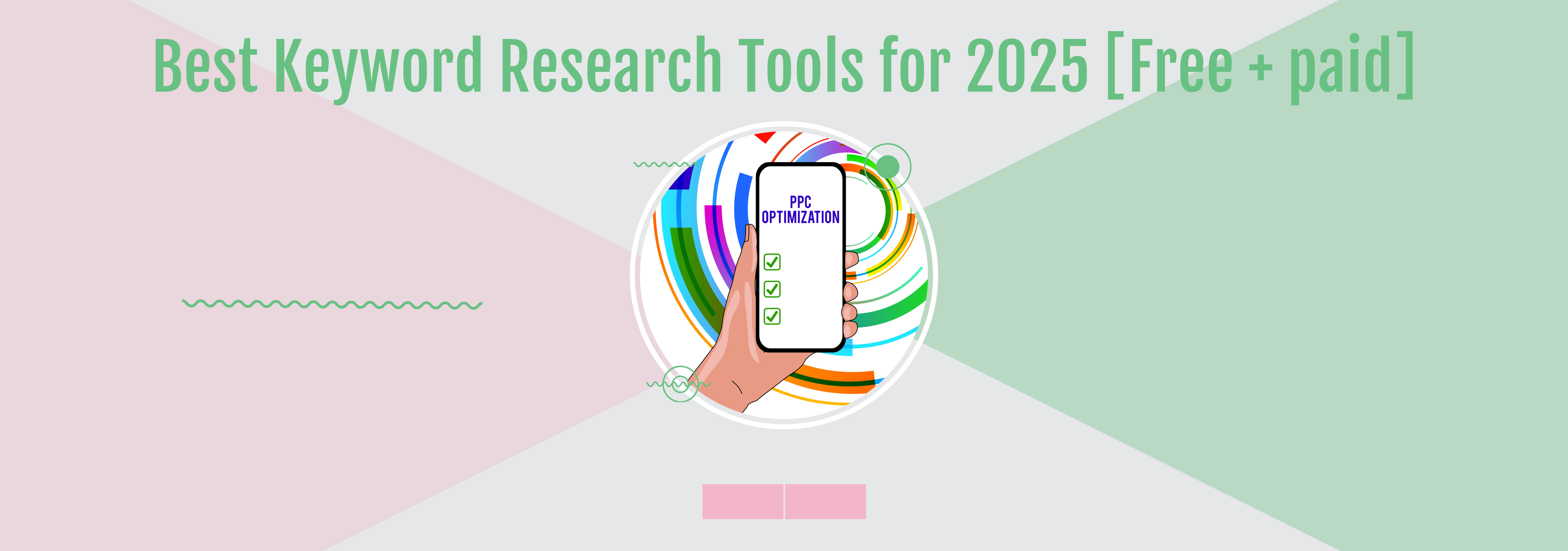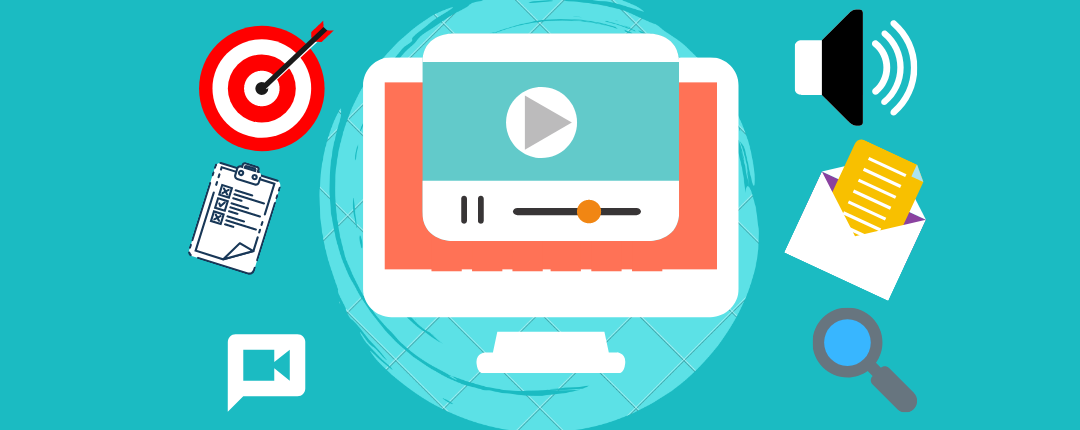PPC (Pay-Per-Click) advertising is one of the most powerful tools for businesses looking to drive immediate traffic and conversions. Whether you’re a small business owner, an e-commerce brand, or a marketing professional, leveraging PPC can help you tap into a targeted audience that’s ready to engage with your products or services. In this blog, we’ll dive into the top benefits of PPC advertising, from increasing visibility to providing measurable ROI.
1. What is PPC Advertising and How Does it Work?
PPC advertising is a digital marketing strategy where advertisers pay a fee each time their ad is clicked. Rather than earning visits organically, PPC buys visits to your site by bidding on keywords. The most well-known PPC platform is Google Ads, but businesses can also run campaigns on Microsoft Ads, Facebook, Instagram, and LinkedIn.
How PPC Platforms Operate: Each platform offers its own ad format. On Google Ads, for instance, businesses can bid on specific keywords relevant to their products or services. When a user searches for that keyword, your ad can appear at the top of the search results, but only if you’ve outbid the competition. Microsoft Ads works similarly but targets the Bing search engine, while social media platforms focus on user demographics and interests.
Types of PPC Ads: There are various types of PPC ads to choose from, such as:
- Text Ads: These are the simplest and most common ads that appear in search results.
- Display Ads: Visual banner ads that appear across the web on various partner sites.
- Shopping Ads: Product-based ads displayed on search engine results for users looking to make purchases.
- Video Ads: Usually found on platforms like YouTube, these ads use video content to engage viewers.
- App Ads: Ads designed to promote app installs, often displayed across search, display, or within other apps.
- Remarketing Ads: Ads targeting users who previously interacted with your website or content, encouraging them to return and convert.
- Performance Max (PMax): A goal-based campaign type that uses machine learning to optimize ad delivery across Google’s entire inventory (Search, Display, YouTube, Gmail, and more) to maximize conversions and performance.
- Demand Gen Ads: Ads designed to create awareness and interest by targeting users at the top of the funnel, often through visually engaging formats across platforms like YouTube, Discover, and Gmail, focusing on driving brand consideration.
2. Immediate Visibility and Traffic Generation
One of the most significant benefits of PPC advertising is its ability to generate immediate traffic. Unlike SEO, which can take months to see results, PPC ads can be launched and start bringing in visitors almost instantly.
Quick Launch of Campaigns: Once your PPC campaign is set up and approved, your ads can go live within hours. This quick turnaround makes it ideal for time-sensitive promotions, new product launches, or seasonal campaigns.
Targeting Options: PPC platforms offer advanced targeting features, allowing you to show ads only to those most likely to engage. You can target by location, device, time of day, and even specific demographics or interests. This ensures that your ads are seen by people who are more likely to click and convert.
Scalability: Another significant advantage is the scalability of PPC campaigns. If your ad is performing well, you can quickly increase your budget or bid to drive even more traffic. On the other hand, if the campaign is underperforming, you can pause or optimize it in real-time.
Real-Time Optimization: PPC platforms provide real-time performance data, so you can adjust your campaigns on the fly. Whether it’s changing ad copy, adjusting bids, or pausing underperforming keywords, PPC allows for agile and efficient campaign management.
3. Cost-Effective Advertising with Clear ROI
PPC advertising is one of the most cost-effective marketing methods available because you only pay for actual clicks, not impressions.
Pay Only for Clicks: Unlike traditional forms of advertising, such as print or TV, where you pay for exposure, PPC charges only when someone interacts with your ad. This pay-for-performance model ensures your budget is spent on actual potential customers.
Budget Control: Advertisers have complete control over how much they spend on a daily, weekly, or monthly basis. You can set maximum bids and budgets to ensure you never overspend. For example, if you’re seeing great results from a campaign, you can increase the budget, and if results dip, you can reduce it or reallocate funds.
Measuring Return on Investment (ROI): With built-in analytics tools, PPC platforms allow advertisers to measure every click, impression, and conversion. Google Analytics, for example, integrates with Google Ads to provide a clear picture of how many leads or sales your campaigns are generating. This transparency allows you to easily calculate your ROI and make informed decisions about where to invest your marketing budget.
Smart Bidding and AI Algorithms: PPC platforms increasingly use AI-driven strategies like Smart Bidding, which adjusts your bids based on factors like device, location, and time of day. This automated approach helps to maximize conversions while minimizing costs.
4. Targeting High-Intent Users to Boost Conversions
PPC excels at targeting users with high purchase intent, meaning they are already in the buying phase and searching for products or services like yours.
Reaching Users Ready to Convert: Unlike other marketing channels, where users may not have clear intent, PPC ads target people actively searching for specific keywords. For example, someone searching for “best winter boots” is likely ready to make a purchase, and if your ad appears at the top of the results, you have a good chance of converting that search into a sale.
Remarketing Campaigns: PPC also offers remarketing opportunities, allowing you to target users who have previously visited your website but didn’t convert. With remarketing, you can show tailored ads to these users as they browse other websites or use social media, reminding them of your brand and encouraging them to return and complete their purchase.
Custom Audiences: Platforms like Google and Facebook allow advertisers to create custom audiences based on behavior, such as users who visited specific product pages or added items to their cart. This targeting helps hone in on users most likely to convert.
Ad Extensions for Better Engagement: PPC ads come with a variety of ad extensions like sitelinks, callouts, and call extensions that allow users to interact with your business directly from the ad. These features provide additional information, encourage engagement, and drive conversions.
5. Data-Driven Insights and Continuous Improvement
One of the most valuable aspects of PPC advertising is the wealth of data it generates, allowing businesses to continually refine and improve their campaigns.
Granular Analytics: With PPC, every action is tracked, from clicks and impressions to conversions and revenue. This granular data lets advertisers see which keywords, ads, and landing pages are driving the most traffic and sales. Tools like Google Analytics and Facebook Insights provide detailed performance reports.
Split Testing (A/B Testing): PPC platforms make it easy to test different versions of ads, headlines, and landing pages to see which performs best. By constantly testing and iterating, you can continually improve your campaign’s performance over time.
Adaptable to Market Trends: PPC advertising also offers flexibility in adjusting to market trends and consumer behavior. For example, if you notice a seasonal spike in demand for a product, you can increase your bids and budget during that period to capture more traffic.
Long-Term Strategy: Although PPC can drive immediate results, the data and insights gathered from your campaigns can inform your broader digital marketing strategy. By understanding which keywords, audiences, and ads are performing well, you can refine your SEO, content marketing, and social media efforts for long-term growth.
In conclusion, PPC advertising is an essential tool for businesses looking to drive targeted traffic, increase conversions, and generate a measurable return on investment. By understanding how to leverage its benefits—immediate visibility, cost-effective strategies, high-intent targeting, and data-driven improvements—you can create campaigns that propel your business forward in today’s competitive digital landscape.




